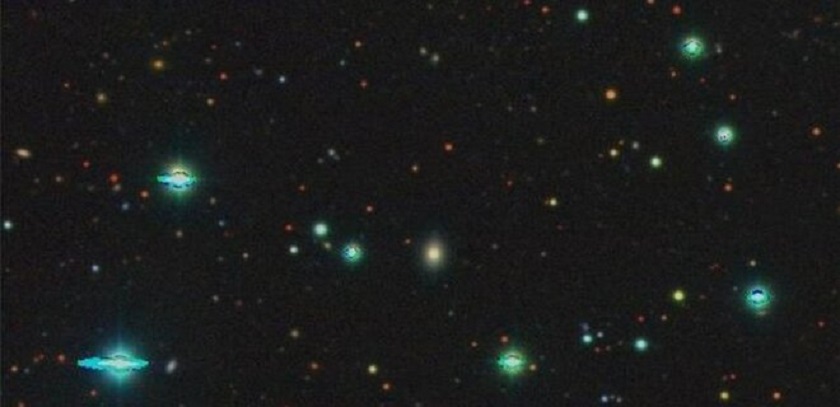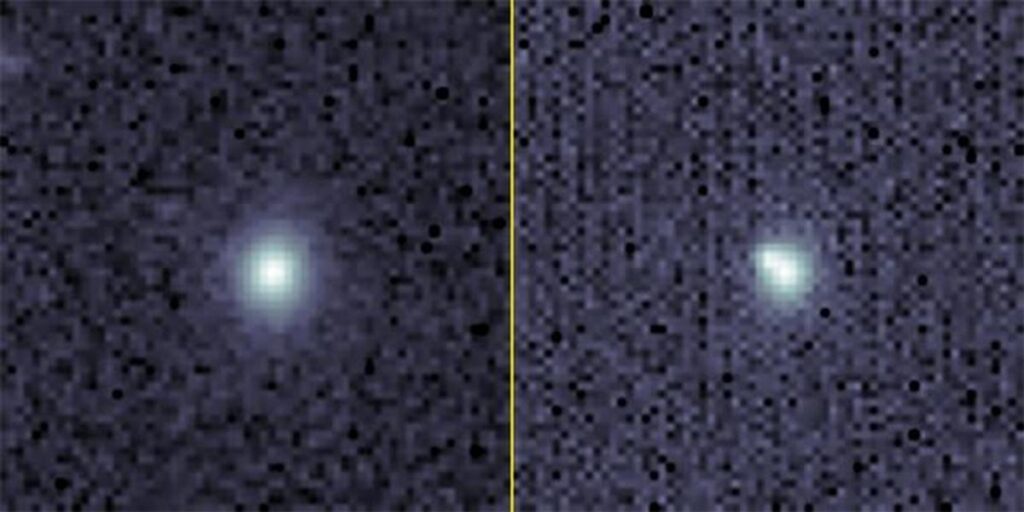
Without human intervention: artificial intelligence detects supernova for the first time
Artificial intelligence was first used to detect and classify supernovae without human intervention.
Scientists from the international team developed an AI tool called Bright Transient Survey Bot (BTSbot) using machine learning on more than 1.4 million images from nearly 16,000 sources. This new tool automates the process of detecting starbursts, improving speed and preventing errors, helping researchers analyze observations and develop new hypotheses about the origin of these cosmic explosions.
The BTSbot was able to detect a supernova called SN2023tyk using data from the Zwicky Transient Facility (ZTF), a robotic camera that scans the northern sky every two days. After confirming the discovery and classification of the supernova, BTSbot turned to another robotic tool called the Spectral Energy Distribution Machine (SEDM) to collect the supernova’s spectrum. After receiving the spectrum, SEDM sent it to SNIascore for detailed classification.
Type Ia supernovae are particularly important to astronomers because they help measure the expansion of the Universe. Previously, the process of detecting supernovae was labor-intensive, depending on astronomers manually reviewing huge amounts of data. But with BTSbot, it is possible to scan the sky more efficiently and find many new supernovae, freeing astronomers from screening candidates and allowing them to focus on analyzing data and providing valuable information about the evolution of stars and galaxies.

A supernova is characterized by the fact that it suddenly increases its luminosity by billions of times (by 20 stellar magnitudes), and sometimes even more.

